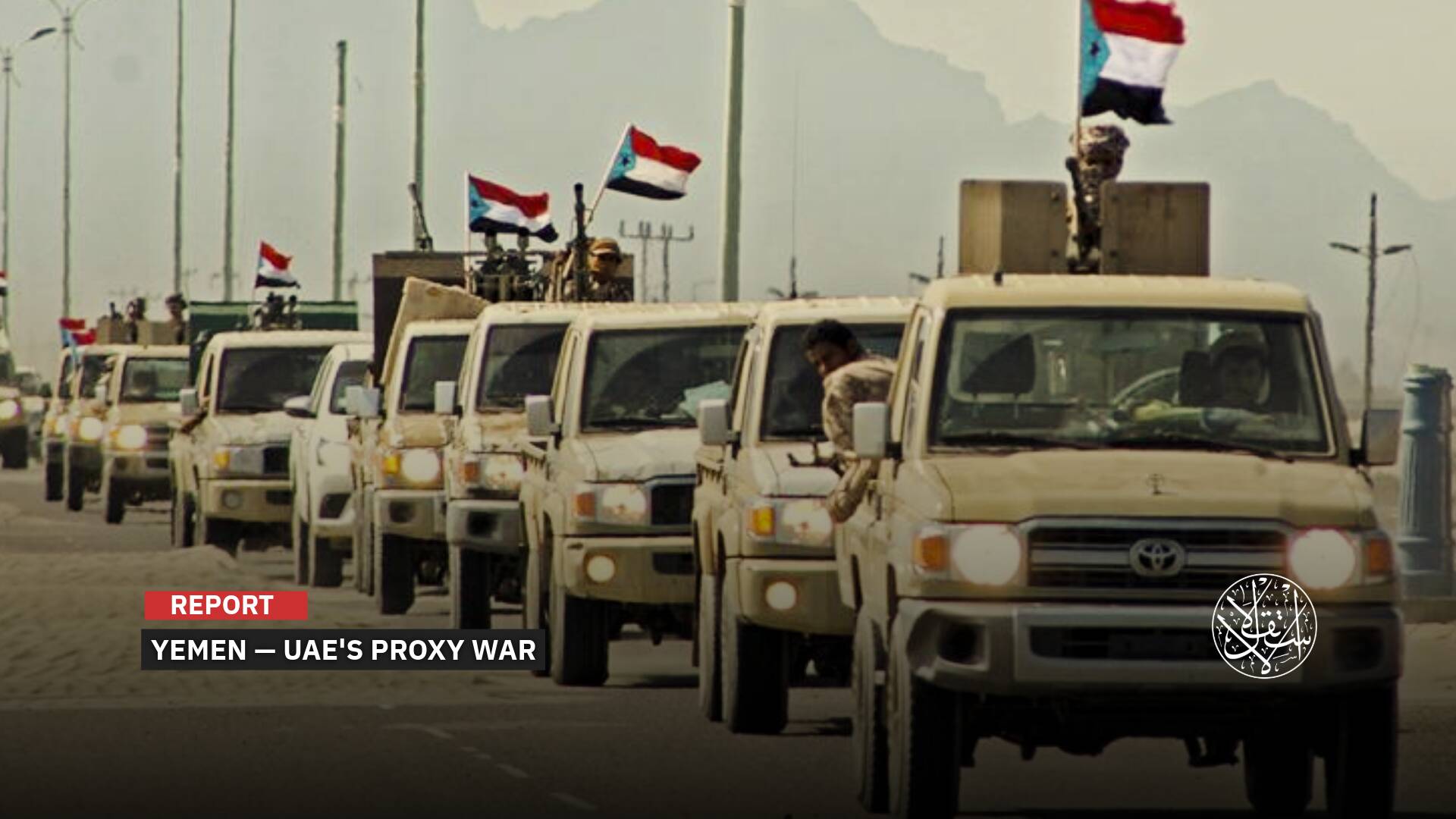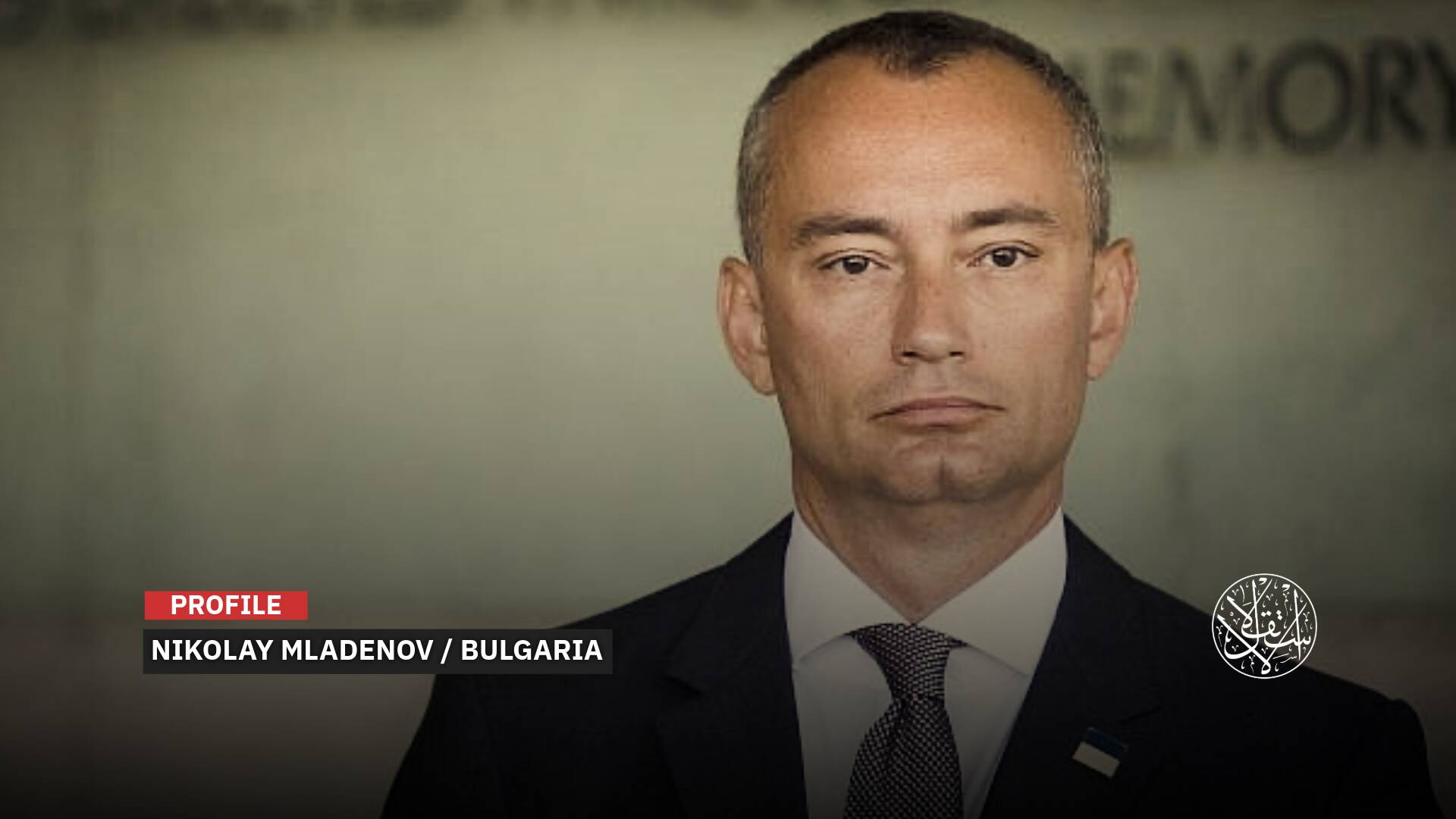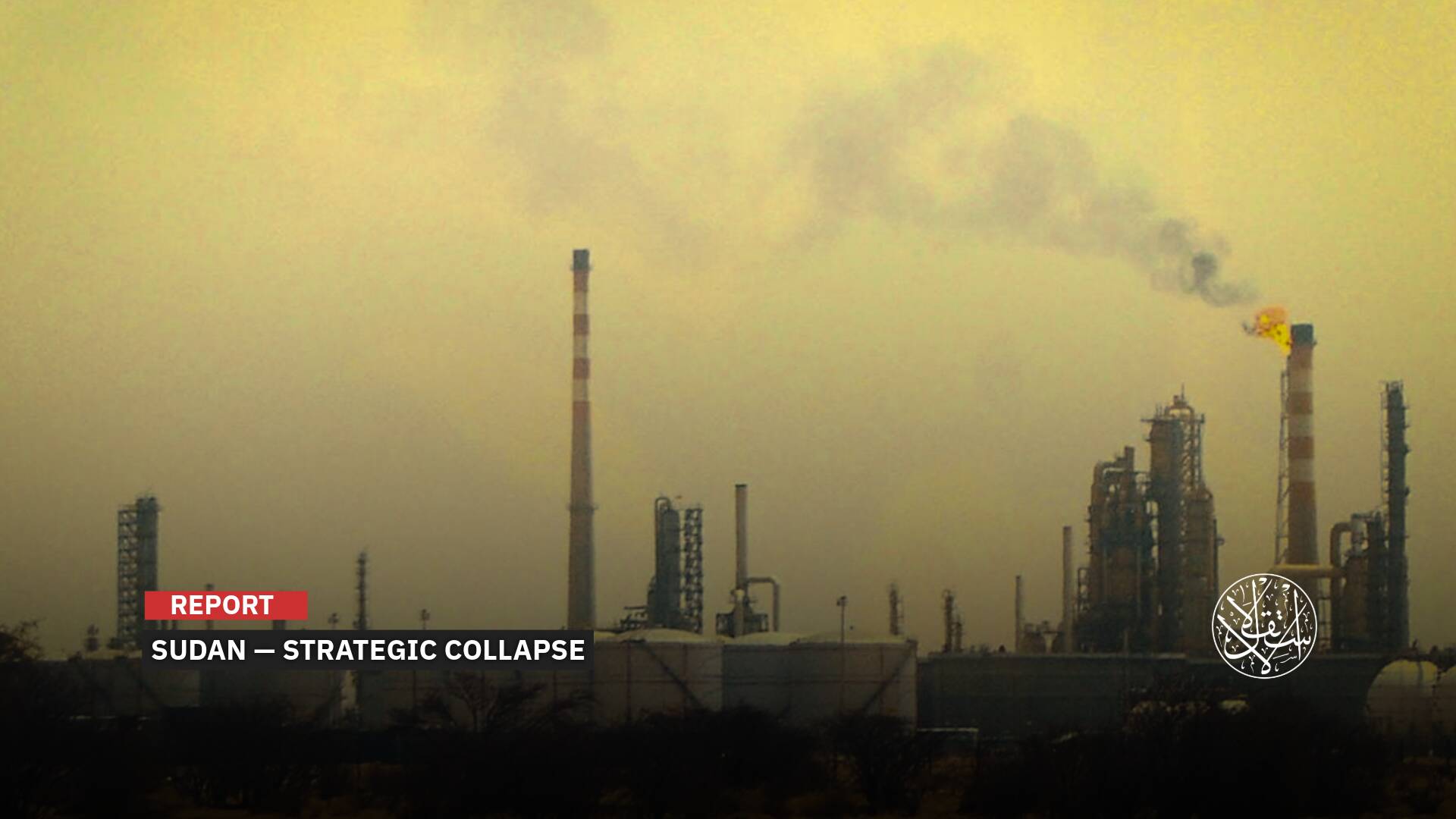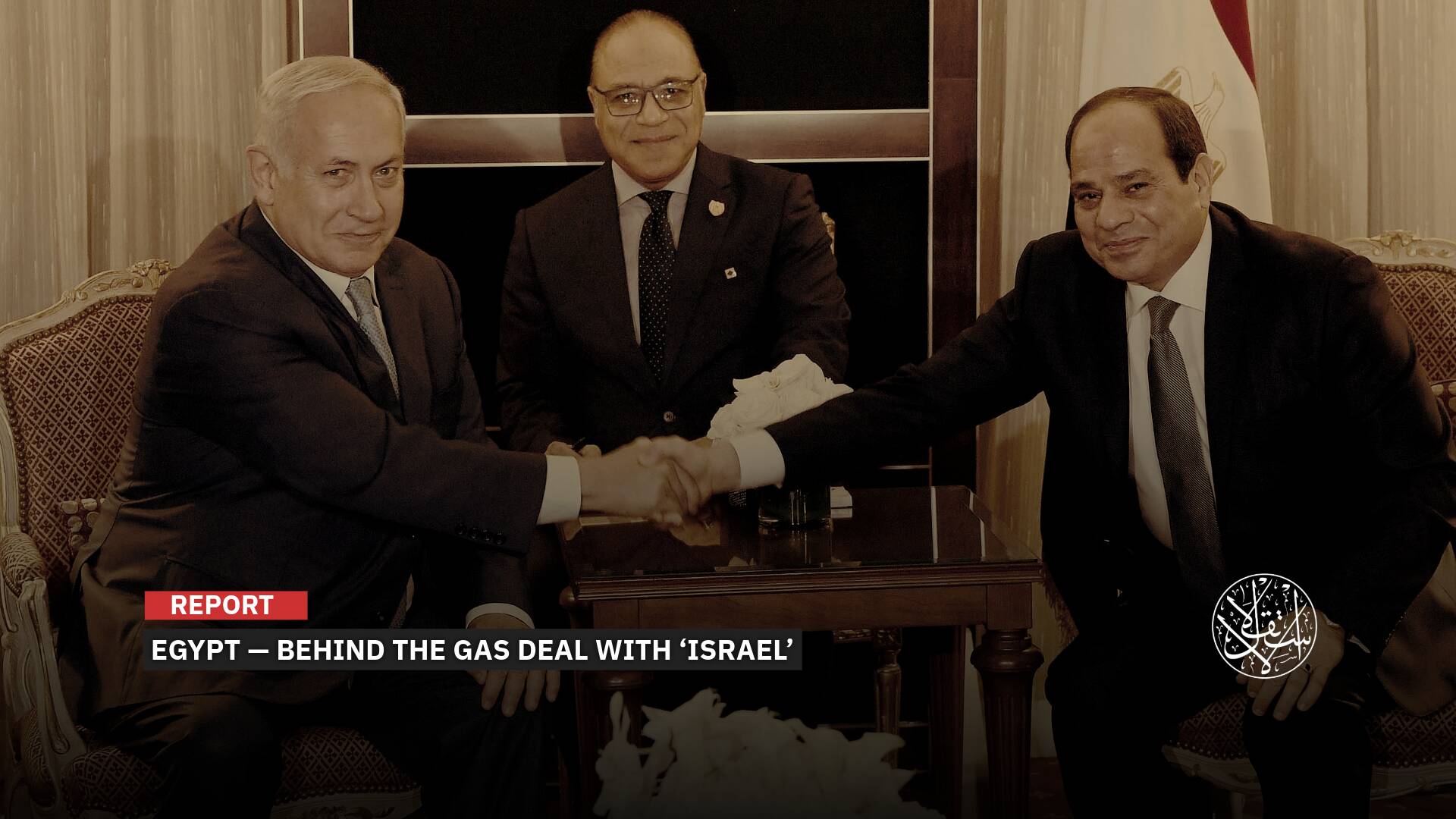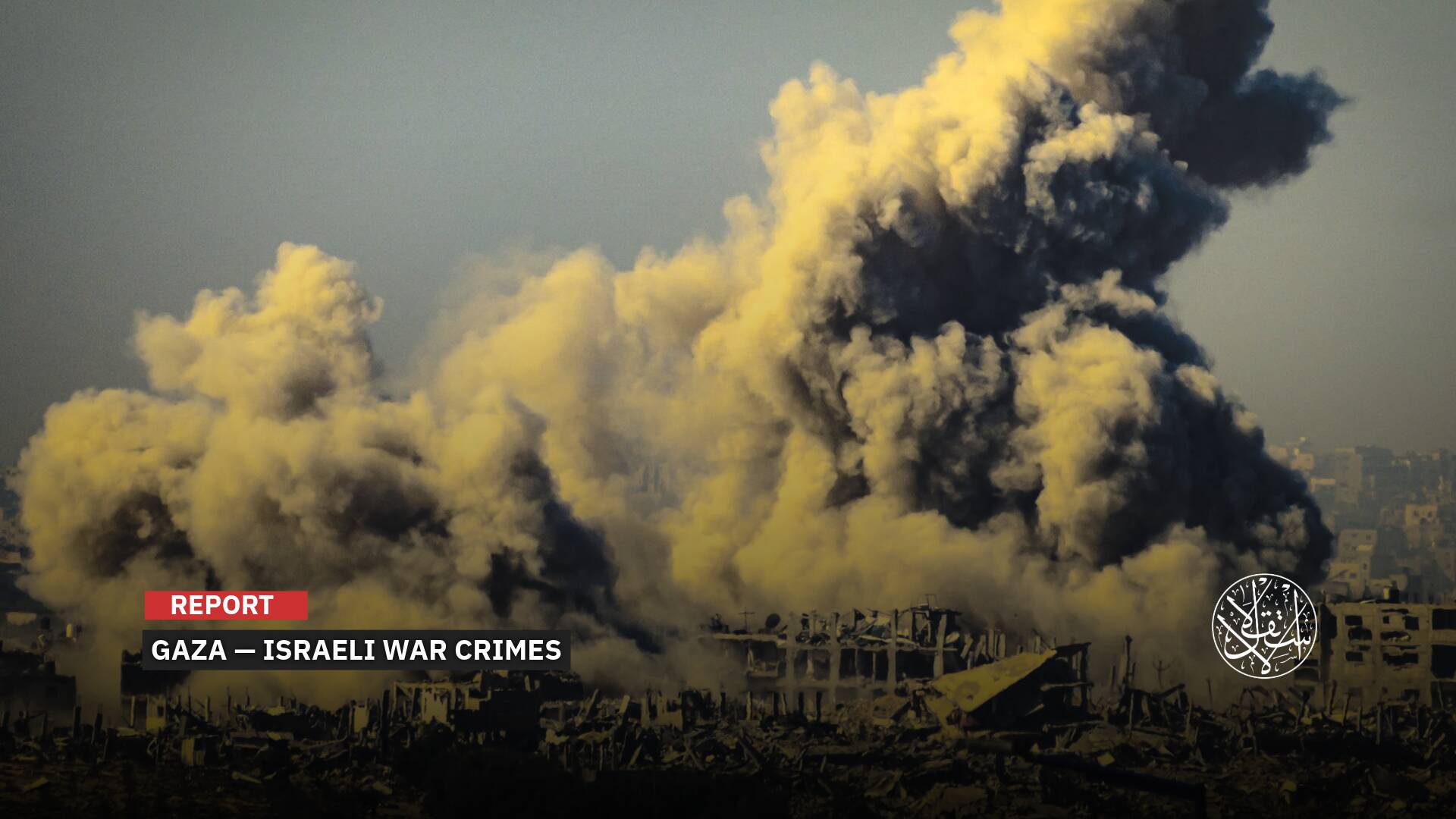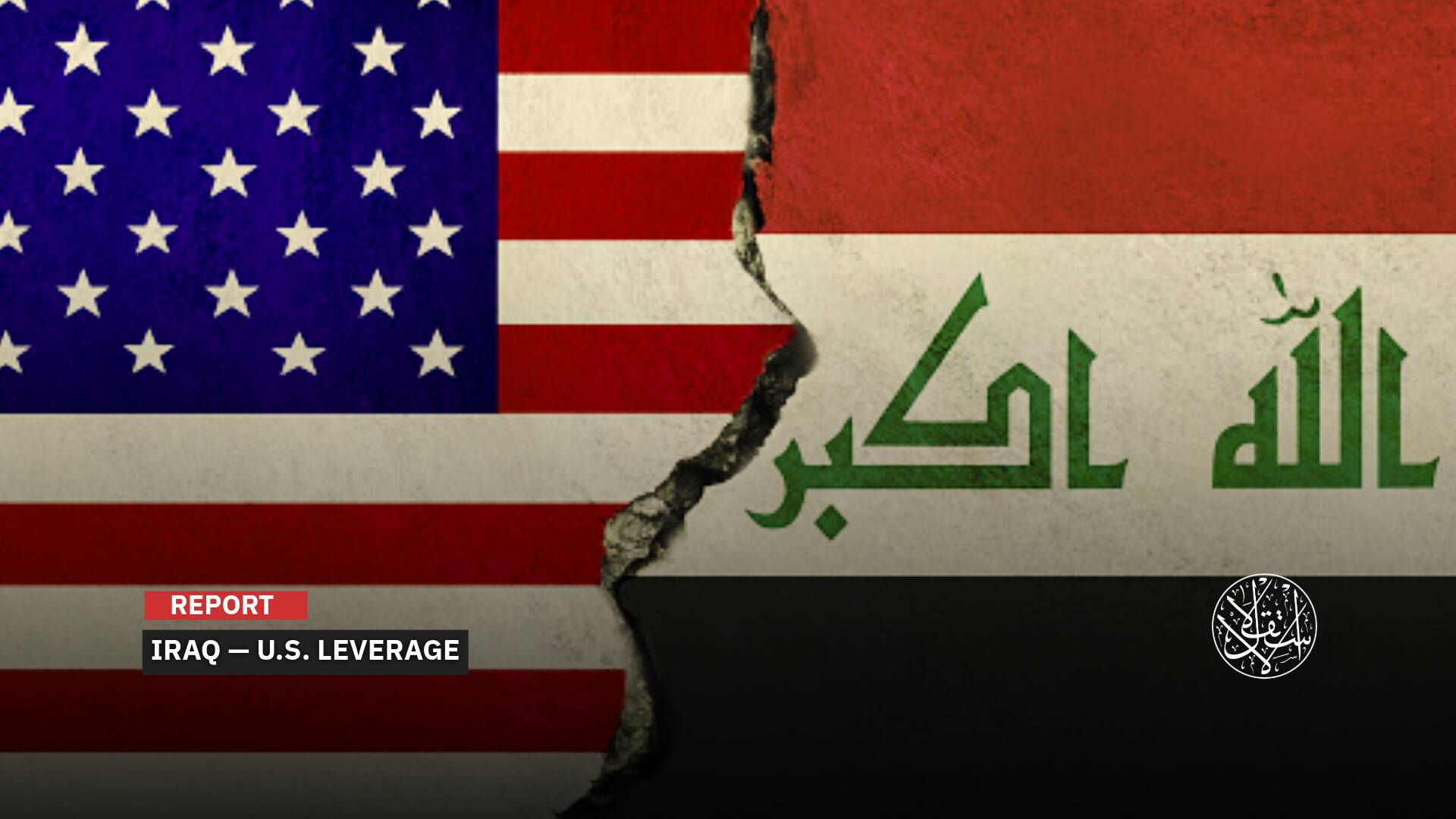After the Unveiling of a New Space Weapon: How Does Russia Challenge US Dominance in Space?

As the conflict on the ground in Ukraine persists, Russia’s strategic maneuvers extend beyond terrestrial borders to the final frontier: space.
As the conflict on the ground in Ukraine persists, Russia’s strategic maneuvers extend beyond terrestrial borders to the final frontier: space.
This celestial sphere has become a theater of tension, with the Pentagon recently disclosing the deployment of what it believes to be a Russian space weapon, sharing the orbit with an American satellite.
General Pat Ryder, the Pentagon spokesperson, detailed this development in a press conference. He asserted that Russia has positioned a satellite in low Earth orbit, which the Pentagon identifies as a potential threat to other satellites in its vicinity.
Kremlin spokesperson Dmitry Peskov declined to address these allegations directly, maintaining that Russia’s actions remain within the bounds of international law. This incident underscores the rekindled rivalry in military space capabilities between Moscow and Washington.
Significant Resurgence
General Michel Friedling, who served as France’s inaugural space commander and is a recognized authority on space security, notes that while China has been the predominant concern in recent military space discussions, Russia has made a significant resurgence.
Friedling, who has authored a treatise on the perils and prospects of the new space era and founded a startup dedicated to space debris monitoring, observes a dynamic escalation in Moscow’s space endeavors.
The expertise in anti-satellite weaponry, a domain where Moscow has held proficiency since the Cold War, was largely dormant following the dissolution of the Soviet Union.
However, the annexation of Crimea in 2014 marked a turning point, with Russia revitalizing and advancing its anti-satellite arsenal. According to General Friedling, this has led to an ongoing strategic interplay with the United States.
In a notable incident in December 2019, Russia launched the “Cosmos 2543” satellite, which, once in orbit, deployed two smaller satellites—dubbed by observers as “Russian nesting dolls.”
This action flouted the established norms of space operations, which typically require registration with the United Nations to prevent orbital collisions.
Subsequently, in June 2020, Cosmos 2543 engaged in a provocative exercise, deploying what the Pentagon described as a space “torpedo,” a departure from the traditional ground-based anti-satellite tests.
The year 2021 marked a new level of assertiveness for Moscow in space. In November, just months before its incursion into Ukraine, Russia executed a dramatic anti-satellite operation against one of its defunct satellites, generating a cloud of debris.
This show of force was followed by another unprecedented move in August 2022: the launch of an “inspector” satellite, ostensibly for espionage, positioned along the trajectory of a cutting-edge American reconnaissance satellite, USA 326, which had been deployed shortly before the onset of the Ukrainian conflict.
This sequence of events signals a renewed and intense competition in the realm of military space operations, a game of cosmic cat and mouse between global superpowers.

Space Race
The Pentagon publicly condemned the recent actions of a Russian satellite, Cosmos 2576, which not only possesses the capability to conduct surveillance but also to engage in offensive operations, sharing its orbit with an American counterpart.
Launched on May 16 via a Soyuz rocket from the Plesetsk Cosmodrome, some 800 kilometers north of Moscow, the satellite’s deployment was not solitary; it was accompanied by nine other satellites under the guise of civilian surveillance.
This blurring of lines between civilian and military applications is a familiar practice for the United States but represents a departure for Russia.
The incident is seen by some as a direct affront to the dual-purpose nature of Elon Musk’s Starlink constellation, which has found extensive use among Ukrainian forces.
This development dovetails with a broader, more entrenched conflict over the governance of space activities.
The UN Security Council recently dismissed a Russian proposal aimed at curbing the militarization of space.
This rejection follows a pattern of discord, with Russia previously vetoing a resolution, backed by the United States and Japan, that sought to prevent the deployment of nuclear and other weapons of mass destruction in the celestial realm.
These diplomatic skirmishes trace back to concerns voiced by the White House over a potential Russian space weapon capable of incapacitating satellites through nuclear radiation.
Isabelle Sourbès-Verger, a geographer and research director at the CNRS specializing in space issues, notes the challenge of definitively ascertaining the capabilities of each nation in space.
However, she points out an undeniable element of duplicity on both sides. The United States, since the dawn of the space race, has achieved a technological edge in this domain, spearheading the majority of space-based activities for both military and civilian ends.
The American mastery of anti-satellite weaponry dates back to 1959, with the most recent demonstration occurring in 2008.
The pursuit of “offensive-type projects” in space, which remain undisclosed, was a contributing factor to the United States’ withdrawal from the ABM Treaty in 2002, a decision that underscored the country’s intent to dominate space as a strategic military frontier.
This sentiment was echoed by Captain Béatrice Hainaut, who authored a comprehensive report in November 2023 on the establishment of behavioral norms in space for the Strategic Research Institute of the military school in Paris.
The consensus among American military strategists since the first Gulf War has been clear: supremacy in space is imperative for commanding ground operations.

Space Dominance
In an era where the cosmos emerges as the new frontier of geopolitical chess, the United States steadfastly maintains its stance on space sovereignty.
According to Sourbès-Verger, a renowned expert and author, the U.S. upholds the notion that its dominance in space is essential for global peace.
This perspective has led to a preference for non-binding behavioral “norms” over concrete legal frameworks—a point of contention with Russia, backed by China.
These nations perceive themselves as targets of American hegemony and have thus ramped up their investments in space capabilities, advocating for a binding international space treaty and periodically confronting U.S. policies.
The fiscal contrast in space militarization is stark: the U.S. military space budget for 2024 stands at a colossal 40 billion dollars, dwarfing Russia’s 2.5 billion and China’s 7 billion.
Sourbès-Verger points out that Space warfare comes with a hefty price tag, and it’s unlikely that Russia and China will bridge the gap with the U.S. anytime soon.
However, the current geopolitical strains reveal Russia’s calculated engagement in a space race with the U.S., a move that bolsters its global stature.
Echoing this competitive spirit, the summer of 2023 saw the head of Roscosmos, Russia’s space agency, extend an olive branch to Algeria and Egypt, key members of the African Space Agency headquartered in Cairo.
This outreach is part of a broader Russian strategy to cement its influence in the Global South, following a series of space collaborations with Mali, Nigeria, and Angola, as noted by the Center for Strategic Aerospace Studies affiliated with the French Air and Space Force. This maneuver underscores Russia’s ambition to project its power well beyond its terrestrial borders.




